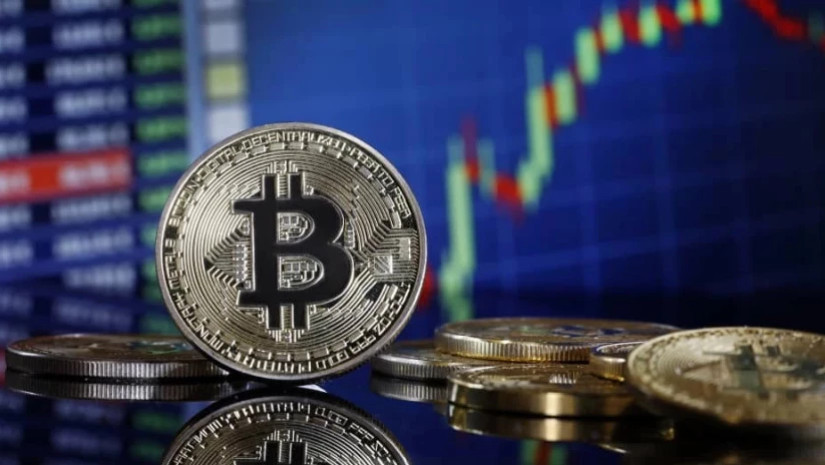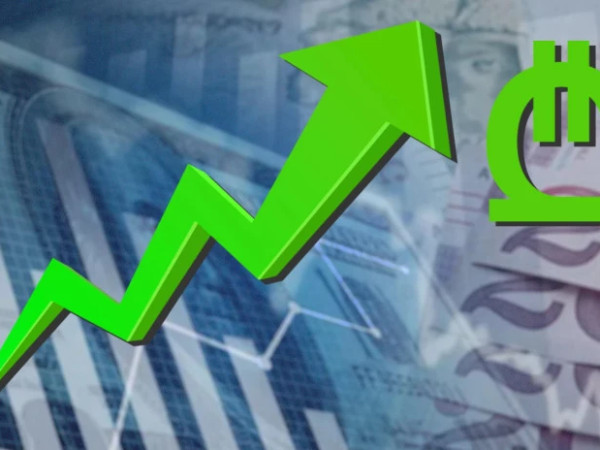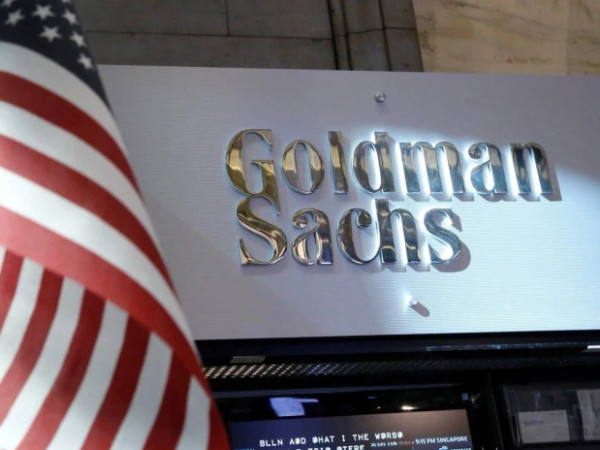Bitcoin has now entered a downward spiral, peaking at around US$126,000 in early October 2025 and bottoming out at a temporary time of below US$90,000 by mid-November, which is a loss of about a quarter of the recent peak.
The causes of this sharp decline can be the combination of several mutually dependent factors i.e, the decline in optimism due to preliminary pro-cryptocurrency rhetoric of the Trump administration, an increase in global trade tensions, a decrease in the investor risk premium in the context of a general market decline.
The gains which have already been realized earlier in the calendar year were anchored by the possibility of Federal Reserve interest-rate cuts in reaction to an underwhelming American job statistic; the later collapse of those hopes have solidified the U.S. dollar and triggered billions of dollars of liquidations in Bitcoin exchanges.
Researchers argue that Bitcoin is currently acting more like a macroeconomic asset by being sensitive to liquidity levels, policy signals, and dollar robustness and not to inherent supply demand processes that characterize the Bitcoin splitting process.
The Bitcoin crash can be explained mostly by the combination of the several factors: the drop in risk-taking among investors, failed expectations about the Federal Reserve interest rate decreases, and a re-consideration of the value of cryptocurrencies in the portfolio of major investors.
To put it in less sophisticated terms, market participants have become more cautious, disappointed with the performance of the market, and the institutions are modifying the way they use Bitcoin in their investment policies.
The market price of Bitcoin declined by about nearly 30% in six weeks, which commenced with the unprecedented peak of $126,251 in early October and 10-year-low of under $90,000 as of mid-November 2025.
The first climb came through the loud campaign made by President Donald Trump, who advocated the acceptance of cryptocurrencies as well as the Fed’s policy softening aimed at boosting the economy after poor labor-market data.


















